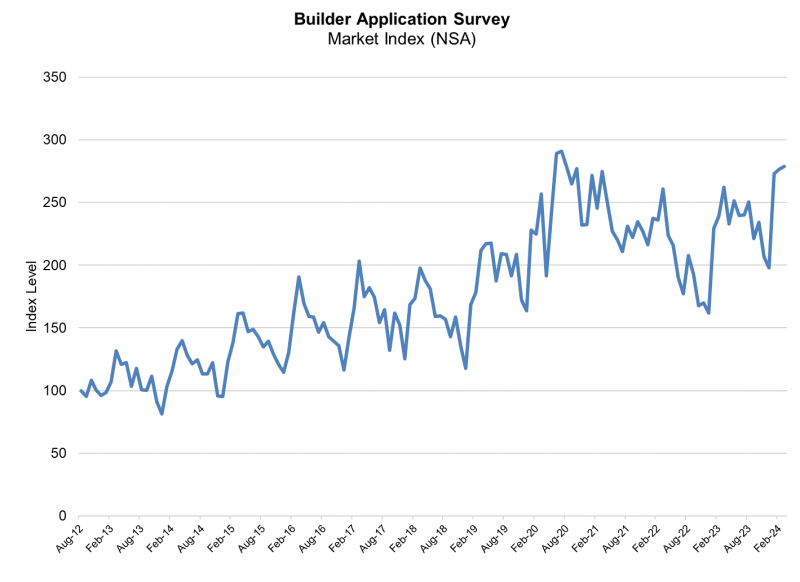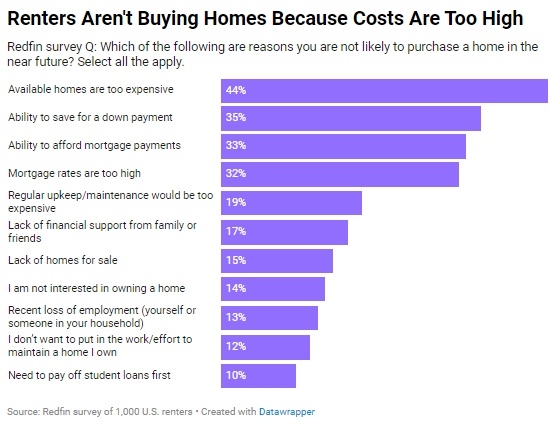Advertisement
FDIC study shows one in four households unbanked or underbanked

The Federal Deposit Insurance Corporation (FDIC) has released the findings of its FDIC National Survey of Unbanked and Underbanked Households, breaking new ground in gaining understanding of which Americans remain outside the banking system. The survey, conducted on behalf of the FDIC by the U.S. Bureau of the Census, was a supplement to the Census Bureau's Current Population Survey during January 2009. The study, which is the most comprehensive survey to date of the unbanked and underbanked, reveals that more than one quarter (25.6 percent) of all households in the United States are unbanked or underbanked and that those households are disproportionately low-income and/or minority.
In addition to collecting accurate estimates of the number of unbanked and underbanked households in the U.S., the survey was designed to provide insights into their demographic characteristics and reasons why the households are unbanked and/or underbanked. The survey represents the first time that this data has been collected to produce estimates at the national, regional, state and large metropolitan statistical area (MSA) levels. Results of the study broken down regionally, by state and by MSA are now available online at a new Web site the FDIC has developed, www.economicinclusion.gov.
"Access to an account at a federally insured institution provides households with an important first step toward achieving financial security--the opportunity to conduct basic financial transactions, save for emergency and long-term security needs, and access credit on affordable terms," stated Sheila Bair, Chairman of the FDIC. "By better understanding the households that make up this group – who they are and their reasons for being unbanked or underbanked, we will be better positioned to help them take that first step."
"This survey will provide the information base for future efforts to address the financial services needs of unbanked and underbanked households in the United States," said FDIC Vice Chairman Martin J. Gruenberg. "It breaks new ground in the effort to expand access to basic financial services."
Of the households surveyed, 7.7 percent were unbanked, which translates nationally to 9 million households - approximately 17 million adults. An additional 17.9 percent – or 21 million households nationally (approximately 43 million adults) - were found to be underbanked. Households were identified as unbanked if they answered "no" to the question, "Do you or does anyone in your household currently have a checking or savings account?" Underbanked households were defined as those that have a checking or savings account but rely on alternative financial services. Specifically, underbanked households have used non-bank money orders, non-bank check-cashing services, payday loans, rent-to-own agreements, or pawn shops at least once or twice a year or refund anticipation loans at least once in the past five years.
Key findings of the study include:
► The proportion of U.S. households that are unbanked varies considerably across racial and ethnic groups with certain racial and ethnic groups being more likely to be unbanked than the population as a whole. Minorities more likely to be unbanked include blacks (21.7 percent of black households), Hispanics (19.3 percent), and American Indian/Alaskans (15.6 percent). Racial groups less likely to be unbanked are Asians (3.5 percent) and whites (3.3 percent).
► Certain racial and ethnic minorities are more likely to be underbanked than the population as a whole. Minorities more likely to be underbanked include blacks (an estimated 31.6 percent), American Indian/Alaskans (28.9 percent), and Hispanics (24.0 percent). Asians and whites are less likely to be underbanked (7.2 percent and 14.9 percent, respectively).
► Households with income under $30,000 account for at least 71 percent of unbanked households. As income increases, the share of households that are unbanked declines considerably. Nationally, nearly 20 percent of lower-income U.S. households - almost 7 million households earning below $30,000 per year - do not currently have a bank account. In contrast, only 4.2 percent of households with annual income between $30,000 and $50,000 and less than 1 percent of households with yearly income of $75,000 or higher are unbanked.
► Households with an annual income between $30,000 and $50,000 are almost as likely as lower-income households to be underbanked.
This survey complements an earlier FDIC Survey on Banks' Efforts to Serve the Unbanked and Underbanked, published in February 2009, which found that most banks are aware that there are opportunities to serve unbanked and underbanked individuals in their areas, but that more can be done.
For more information, go to www.economicinclusion.gov or www.fdic.gov.
About the author





